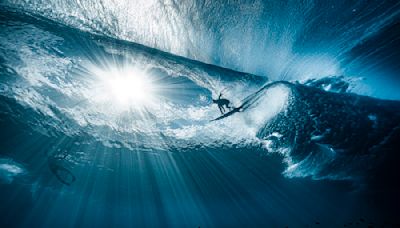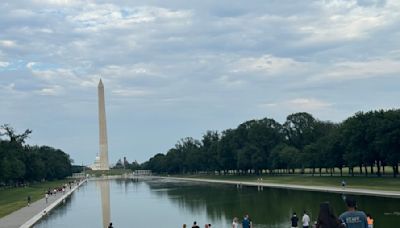Search results
As the tsunami approaches the coast and the waters become shallow, wave shoaling compresses the wave and its speed decreases below 80 kilometres per hour (50 mph). Its wavelength diminishes to less than 20 kilometres (12 mi) and its amplitude grows enormously—in accord with Green's law.
Learn what tsunamis are, how they are formed by underwater earthquakes or other events, and how they can cause devastation on land. Find out how to recognize the signs of a tsunami and how to stay safe with the Pacific Tsunami Warning System.
- 3 min
Learn about tsunami, a series of long waves caused by sudden displacement of the ocean, for the UPSC exam. Find out the causes, characteristics, effects and mitigation measures of tsunami with examples and links to related topics.
Learn how tsunamis are giant waves caused by earthquakes or volcanic eruptions under the sea. Find out how they travel, how they affect different ocean depths, and why they are not tidal waves.
Apr 2, 2007 · Learn how tsunamis are formed by underwater earthquakes, landslides, or volcanic eruptions, and how they can travel across oceans and cause devastating damage. Find out what the warning signs are and how to respond when a tsunami threatens.
Jun 13, 2024 · A tsunami is a large wave caused by movements in Earth's outer layer, or crust, such as earthquakes or volcanoes in the ocean. Learn how tsunamis form, how they can be dangerous, and how NASA satellites can detect them from space.


